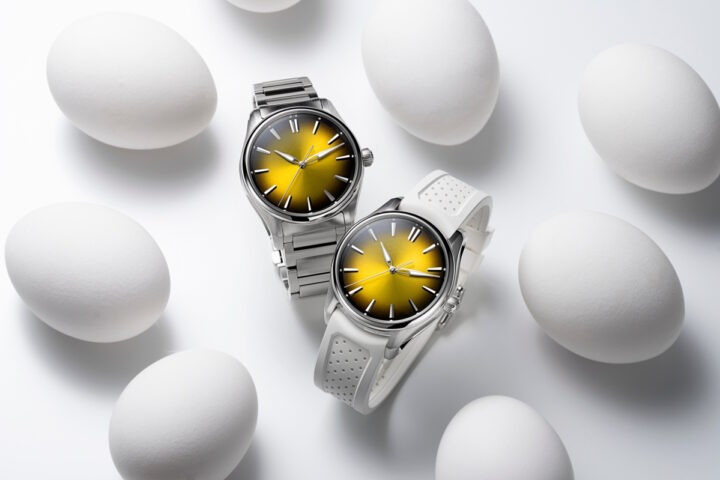TGR Staff -11/28/2022
Odds are you have never heard of Praga, but the automaker has a history dating back to the late 1800s producing everything from bridges to steam trains in Central Europe. In 1907 the company would produce its first car and become one of the largest manufacturers of cars, motorcycles, commercial vehicles, and aircraft om Europe.
The company also developed a wide range of passenger cars and motorcycles, especially during the 1930s. These included the stunning BD500 motorbike and the sporting Praga Alfa car, which heroically won the important 1933 1000 Miles of Czechoslovakia road race 89 years ago: inspiring Praga’s plans to make 89 Bohema hypercars for road and track.
Car production declined after World War Two when the new communist government dictated that Praga concentrated on making trucks and transmissions rather than road cars. Skoda, instead, was favored as the country’s car manufacturer of choice, with Tatra instructed to build luxury cars and trucks.
With the fall of Communism in Czechoslovakia in 1989, Praga was able to set its own agenda again as a privately owned company. By the early 2000s, the firm’s specialist go-anywhere trucks were competing in the Dakar rallies, Praga began manufacturing racing karts in 2009 and returned to aviation with the STOL Praga airplane.
In 2012 Praga re-entered the race car market with the launch of the R4S then the R1 race cars that today win in one-make, mixed prototype, and mixed endurance race series in Australia, Dubai, the UK, and the USA. The Bohema shares no single part with the R1, but the race car-inspired one-off street-legal R1R prototype – itself provides the catalyst for a more luxurious, higher-performance, and visually dramatic two-seat hypercar: the road-legal track-focused Praga Bohema.
The new Praga Bohema is a sub-2,204 pounds, mid-engined two-seater that, in the right hands, is capable of extreme high performance on track targeting GT3 race car lap times on its semi-slick Pirellis. Yet it is also comfortable and practical for head-turning road trips.
Featuring a carbon fiber monocoque and race-oriented fully adjustable suspension, it is extremely light, at just 2,164 lbs (wet without fuel), and powered by a Nissan GT-R-derived six-cylinder twin-turbo engine, the Bohema will be easy to service and has access to an already expansive aftermarket. The in-house developed race-derived semi-automatic transmission will support a unique on-road experience with track-focused performance.
The body was perfected in an F1 team’s wind tunnel and uses a race-derived carbon fiber monocoque, with extensive aero that produces more than 1,984 lbs of downforce at 155 mph. Top speed is just over 186 mph: the fastest speed achievable on virtually any racetrack. Inside the narrow, aerodynamically honed cockpit, you can still seat a driver and passenger who are 6.5 feet tall with a fully adjustable driver’s seat, steering wheel and pedals, generous luggage space, aircon, and useful rear visibility. All at less than 2,204 lbs, that is about 1,000 lbs less than a McLaren 720S.
Independent suspension uses pushrod-operated adjustable dampers mounted horizontally for maximum travel while minimizing bodywork height. In such a lightweight car, with just 396.8 lbs of unsprung mass, Praga’s development engineers were still able to keep the suspension supple enough for road use without having to resort to expensive adaptive suspension systems. 18-inch central-locked wheels in front with 19-inch at the rear for the street, but the Bohema will accept 18-inch wheels all-around for compatibility with the FIA GT3 spec tire dimension. Braking is via 380 mm carbon ceramic discs with six-piston calipers.
The Praga Bohema is entering the final few months of development with road and track programs planned in the UK, Europe, and the Middle East and at the Slovakia Ring home circuit. The $1.31m (+ taxes) hypercar is scheduled to begin in the Czech Republic in the second half of 2023, with just 10 cars initially scheduled for 2023 production. A global client visitor and design center will also be established in England in 2023, building on Praga’s growing race program in the UK.
Production will be limited to approximately 20 cars per year, with each being hand-built over the following four years ensuring exclusivity for owners, and Praga plans to offer track handover programs with its experienced test-driver lineup for owners to ensure that the full performance and capabilities of the Bohema are understood and accessible.























